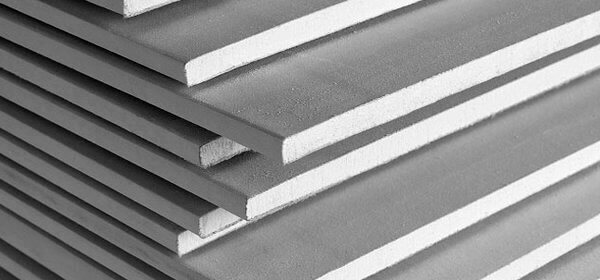
When drywall gets wet, it can lead to a range of problems that can be costly and time-consuming to fix. Understanding the causes, consequences, and effective remediation methods is crucial for homeowners, contractors, and anyone involved in the construction industry. In this blog post, we will delve into the intricacies of water damage on drywall, providing valuable insights and practical solutions.
- Causes of Drywall Water Damage:
1.1 Plumbing Leaks: Faulty pipes, burst water lines, or leaking fixtures can result in water seeping into the drywall.
1.2 Roof Leaks: Damaged or improperly installed roofs can allow water to penetrate and saturate the drywall.
1.3 Flooding: Natural disasters or indoor accidents like overflowing sinks or bathtubs can lead to extensive water damage.
1.4 Moisture Condensation: Poor ventilation or high humidity levels can cause condensation, leading to dampness in the drywall. - Consequences of Water Damage on Drywall:
2.1 Structural Integrity: When drywall gets wet, it weakens, compromising the stability of walls and ceilings.
2.2 Mold and Mildew Growth: Moisture provides an ideal breeding ground for mold and mildew, posing health risks and causing unpleasant odors.
2.3 Staining and Discoloration: Water stains can mar the appearance of drywall, requiring extensive repairs or replacement.
2.4 Electrical Hazards: If water reaches electrical outlets or wiring behind the drywall, it can create dangerous situations. - Effective Remediation Methods:
3.1 Assessing the Extent of Damage: Thoroughly inspect the affected area to determine the scope of water damage and identify potential hidden issues.
3.2 Drying Techniques: Utilize professional-grade dehumidifiers, air movers, and moisture meters to dry the affected drywall and prevent further damage.
3.3 Mold Remediation: If mold growth is detected, follow industry guidelines for safe removal and remediation to ensure a healthy living environment.
3.4 Repair or Replacement: Depending on the severity of the damage, affected drywall sections may need to be repaired or replaced by skilled professionals.
3.5 Prevention Measures: Implement preventive measures such as proper insulation, regular maintenance, and prompt repairs to mitigate future water damage risks.
Conclusion:
When drywall gets wet, the consequences can be significant, ranging from structural issues to health hazards. Understanding the causes, consequences, and effective remediation methods is crucial for homeowners and professionals alike. By promptly addressing water damage and implementing preventive measures, one can ensure the longevity and safety of drywall structures. Stay informed, stay proactive, and protect your investment.

